Mapping Assets with Rooming House Residents
Working with rooming house residents and providers to improve connections with their communities
A case study on mapping community experiences
The Challenge
Housing is one of the biggest social determinants of health and well-being. Rooming houses are a form of housing that prioritizes affordability and are often home to low-income adults living alone. Understanding how this type of housing fosters community, well-being, and/or security – or fails to deliver on these fronts – is important to deliver better preventative healthcare, resources, and treatment.
The Rooming House Project was established to promote housing stability, improve overall well-being for current and future tenants of rooming houses. We worked with their team to help engage the community and begin to identify, support, and achieve tenants’ goals around health and well-being.
The Approach
At Health Commons, we catalyze change through collaboration. We strive to be a positive space where all stakeholders (partners, developers, government and the public) feel welcome and come together to improve health and wellness. Our “commons” refers to an inclusive gathering place as well as space to reveal and build common ground. The outputs of our work become part of the ‘commons’ to be shared, improved upon and refined through the experiences of our partners.
Over the past year and a half, Health Commons and the Rooming House Project team mapped the formal and informal resources available to support residents of local rooming houses and engaged in ethnographic research illuminating their lived experiences. With all this great input collected, the team realized that a tenant handbook, welcome package, or ‘asset map’ would be useful for frontline workers and tenants. So they made one!
We also generated 8 key insights for understanding the experience of community members. The process felt right for the team and one interviewer shared their ‘aha’ moment, “The insight statements where we began solutioning... We were finally critically analyzing our data and looking for effective solutions that our team specifically could do.”
The Outcome
A deep understanding leads to meaningful solutions – at the individual and community levels. Many residents described goals of what they want in life that might take a long time to accomplish. Many people also reflected on how life was better/worse in the past. How might realistic goal setting and celebrating make a difference?
“My dream is to have something to look forward to everyday”
Being with others and working on self-care and well-being helps many tenants feel good. How might peer supported wellness be activated in ways that match the interests of respondents? Gardening, walking, cooking, pets, music are just some of the ways people might connect with each other across the neighbourhood and feel safer, together.
The team learned a lot along the way:
Be flexible: Using tools, drawing on personal experience, respecting interviewee requests to not have notes taken, and going with the flow – whatever direction that may be – was difficult at times. It got easier with practice, though, and was essential for meeting people where they’re at, being approachable, and respecting the community.
Share experiences for connections: One interviewee said, “There is a huge divide in Cabbagetown between the types of people, it’s them vs them.” Bridging those gaps, and going out into the community together to collect data was a great team building experience leading to even stronger bonds.
Communities are full of surprises: Thinking on your feet and adjusting your approach in the field is essential. Interviewers were surprised at the depth and range of the information they gathered.
Build credibility: Some people were hesitant to talk to the team when they were approached in the street – a printed flyer really helped break the ice.
Housing, mental health, and physical health are so intricately intertwined that it is time to stop treating them as separate components or determinants of well-being. Understanding and solutioning around ‘problems’ must begin with recognizing and co-designing with this interdependency in mind – to embrace the complexity of a whole life and not disentangle what cannot truly be pulled apart.
Project Partners
Dixon Hall Neighbourhood Services
Ecuhome Corporation
Homes First Society



